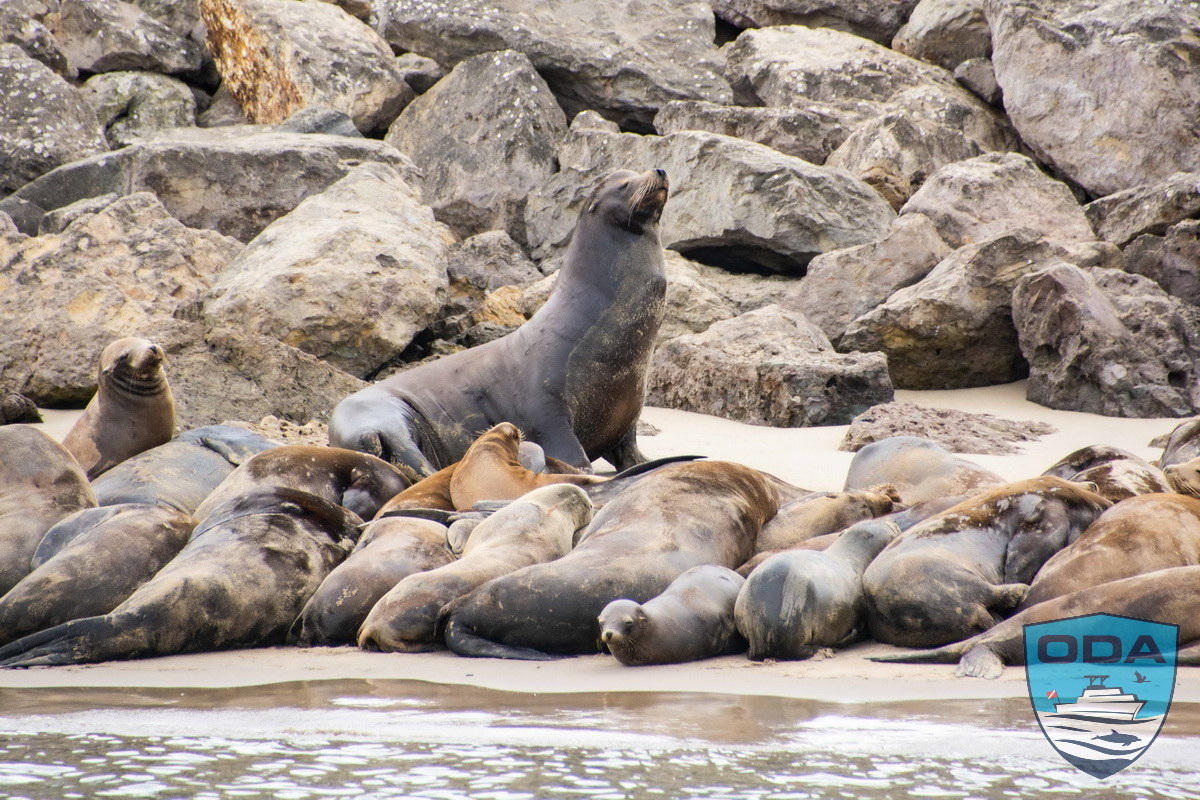Marine Mammal Conservation and the Sustainable Development Goals
Introduction to Marine Mammal Classifications
An analysis of marine mammal populations reveals distinct ecological dependencies that are critical to monitoring progress towards Sustainable Development Goal 14 (Life Below Water) and Sustainable Development Goal 15 (Life on Land). These mammals can be categorized based on their reliance on marine and terrestrial environments.
Species Classification and SDG Relevance
-
Fully Aquatic Marine Mammals
- This group includes species such as whales, dolphins, and manatees that reside exclusively in aquatic environments.
- Their conservation is a direct measure of the health of marine ecosystems, aligning with the core objectives of SDG 14 to conserve and sustainably use the oceans, seas, and marine resources.
-
Semi-Aquatic Marine Mammals
- This category comprises species like seals, sea otters, and walruses. While heavily adapted for and dependent on the ocean for sustenance, they also utilize land for critical life functions.
- Protecting these animals addresses the interconnectedness of marine and terrestrial ecosystems, contributing to the targets of both SDG 14 and SDG 15.
Conclusion: Integrating Conservation with Global Goals
The protection of all marine mammals is integral to achieving the United Nations Sustainable Development Goals. Their survival is intrinsically linked to the health of marine biodiversity and the sustainable management of coastal and marine habitats, which are central tenets of SDG 14. Efforts to safeguard these species contribute directly to global targets for a sustainable future.
Analysis of Sustainable Development Goals (SDGs) in the Article
1. Which SDGs are addressed or connected to the issues highlighted in the article?
The primary SDG connected to the article is:
- SDG 14: Life Below Water – This goal aims to “conserve and sustainably use the oceans, seas and marine resources for sustainable development.” The article directly discusses marine mammals such as whales, dolphins, manatees, and seals, which are integral components of marine biodiversity and ecosystems that SDG 14 seeks to protect. The text highlights their reliance on the ocean for “food and shelter,” underscoring the importance of a healthy marine environment for their survival.
2. What specific targets under those SDGs can be identified based on the article’s content?
Based on the focus on marine mammals and their ocean habitat, the following targets under SDG 14 are relevant:
- Target 14.2: “By 2020, sustainably manage and protect marine and coastal ecosystems to avoid significant adverse impacts…” The article’s subject, marine mammals, are key species within these ecosystems. Protecting them, as implied by the focus of the article, requires the protection of their habitats, which directly aligns with this target. The mention that they “rely on the ocean for food and shelter” points to the need to protect the entire ecosystem they inhabit.
- Target 14.5: “By 2020, conserve at least 10 per cent of coastal and marine areas…” The conservation of specific species like the North Atlantic Right Whale (pictured) and others mentioned (manatees, dolphins, seals) often necessitates the creation of marine protected areas, which is the core of this target.
- Target 14.a: “Increase scientific knowledge, develop research capacity and transfer marine technology…” The image credit in the article, “Clearwater Marine Aquarium Research Institute and U.S. Army Corps of Engineers, taken under NOAA permit 20556-01,” explicitly points to scientific research and institutional capacity dedicated to studying marine life. This directly supports the goal of increasing scientific knowledge to improve ocean health.
3. Are there any indicators mentioned or implied in the article that can be used to measure progress towards the identified targets?
While the article does not provide quantitative data, it implies certain indicators for measuring progress:
- For Target 14.2: The health and population status of the species mentioned (whales, dolphins, manatees, walruses, seals, sea otters) serve as an implied indicator. A stable or growing population of these mammals would indicate a healthier and better-managed marine ecosystem.
- For Target 14.5: The existence of protected zones for the species mentioned, such as the North Atlantic Right Whale, is an implied indicator. The photo being taken under a NOAA (National Oceanic and Atmospheric Administration) permit suggests a regulated and monitored environment, which is a step towards formal conservation areas.
- For Target 14.a: The existence and work of research bodies like the “Clearwater Marine Aquarium Research Institute” is a direct indicator of research capacity (related to official indicator 14.a.1: Proportion of total research budget allocated to research in the field of marine technology). The mention of a specific research permit (“NOAA permit 20556-01”) indicates that formal scientific research activities are being conducted.
SDGs, Targets and Indicators Table
| SDGs | Targets | Indicators (Implied or Mentioned in Article) |
|---|---|---|
| SDG 14: Life Below Water | 14.2: Sustainably manage and protect marine and coastal ecosystems. | The population status and health of the marine mammal species listed (whales, dolphins, manatees, etc.). |
| SDG 14: Life Below Water | 14.5: Conserve coastal and marine areas. | The establishment of regulated or protected areas for marine mammals, as suggested by the photo being taken under a government (NOAA) permit. |
| SDG 14: Life Below Water | 14.a: Increase scientific knowledge and research capacity. | The existence and activities of research organizations mentioned in the image credit (“Clearwater Marine Aquarium Research Institute”). |
Source: defenders.org







